-
 Bitcoin
Bitcoin $119700
0.53% -
 Ethereum
Ethereum $4508
5.39% -
 XRP
XRP $3.270
2.86% -
 Tether USDt
Tether USDt $1.000
0.00% -
 BNB
BNB $831.0
2.92% -
 Solana
Solana $189.6
6.89% -
 USDC
USDC $0.9999
-0.01% -
 Dogecoin
Dogecoin $0.2350
2.92% -
 TRON
TRON $0.3500
1.34% -
 Cardano
Cardano $0.8420
6.73% -
 Chainlink
Chainlink $23.26
8.42% -
 Hyperliquid
Hyperliquid $44.42
1.44% -
 Stellar
Stellar $0.4512
3.16% -
 Sui
Sui $3.895
5.15% -
 Bitcoin Cash
Bitcoin Cash $618.7
5.88% -
 Hedera
Hedera $0.2601
4.43% -
 Ethena USDe
Ethena USDe $1.001
0.01% -
 Avalanche
Avalanche $24.45
4.90% -
 Litecoin
Litecoin $128.1
5.41% -
 Toncoin
Toncoin $3.454
1.64% -
 UNUS SED LEO
UNUS SED LEO $9.065
0.44% -
 Shiba Inu
Shiba Inu $0.00001359
3.41% -
 Uniswap
Uniswap $11.42
1.78% -
 Polkadot
Polkadot $4.165
6.36% -
 Cronos
Cronos $0.1664
-0.50% -
 Ethena
Ethena $0.8108
1.79% -
 Dai
Dai $1.000
0.00% -
 Pepe
Pepe $0.00001213
5.22% -
 Bitget Token
Bitget Token $4.438
0.25% -
 Aave
Aave $313.3
5.02%
How to use the copy trading function of OKX Exchange?
OKX's copy trading lets users mirror successful traders' actions, but requires research into trader performance metrics and careful risk management. Thorough monitoring of copied trades and portfolio performance is crucial for success.
Mar 07, 2025 at 10:42 am

Key Points:
- OKX's copy trading feature allows users to automatically mirror the trades of experienced traders.
- Selecting a suitable trader requires careful research and consideration of their performance metrics.
- Risk management is crucial; understand the potential losses before copying trades.
- The process involves funding your account, selecting a trader, and adjusting copy settings.
- Regular monitoring of copied trades and your overall portfolio is essential.
How to Use the Copy Trading Function of OKX Exchange?
OKX's copy trading function offers a powerful tool for both novice and experienced cryptocurrency investors. It allows users to automatically replicate the trades of successful traders, potentially leveraging their expertise to generate profits. However, it's crucial to understand the process and associated risks before engaging. This article will guide you through the steps involved in using OKX's copy trading feature.
First, you need an active OKX account. If you don't have one, you'll need to register and complete the necessary KYC verification processes. Once your account is verified and funded, you can access the copy trading section of the platform. The exact location may vary slightly depending on the platform's interface, but it's usually prominently displayed.
Before selecting a trader to copy, thorough research is essential. OKX provides various metrics to help you assess a trader's performance, such as their historical returns, win rate, maximum drawdown, and trading frequency. Consider the trader's trading style and risk tolerance to ensure it aligns with your own investment goals and risk appetite. Don't solely focus on high returns; look for consistent performance and a manageable risk profile.
Choosing the right trader is only the first step. Next, you need to understand how to set up the copy trading parameters. This typically involves specifying the amount you wish to allocate to copy trading. You can choose to copy a percentage of the trader's trades or a fixed amount. Also, you might be able to adjust the leverage applied to copied trades, allowing for greater potential gains but also increased risk. Carefully consider these settings to match your risk tolerance.
The actual process of copying a trader is usually straightforward. Once you've selected a trader and configured your settings, you typically initiate the copy trading process with a single click. After this, all the trader's subsequent trades will be automatically replicated in your account, proportionally to the amount you've allocated.
Remember, copy trading doesn't guarantee profits. The trader's performance can fluctuate, and you could still experience losses. Regular monitoring of the copied trades is crucial. Check your portfolio regularly to ensure the performance aligns with your expectations and adjust your settings or stop copying if necessary. You should also keep an eye on the trader's recent performance, as their success isn't guaranteed to continue indefinitely. Market conditions can change rapidly, impacting even the most skilled traders.
While copy trading can simplify cryptocurrency investing, it's vital to remember that it's not a passive income strategy. Active monitoring and a thorough understanding of the risks involved are crucial for successful copy trading.
Common Questions:
Q: Is there a minimum amount I need to start copy trading on OKX?
A: OKX typically specifies a minimum amount for copy trading, which can vary depending on the trader and the specific copy trading settings. It's best to check the platform's requirements before initiating copy trading.
Q: Can I stop copying a trader at any time?
A: Yes, you can typically stop copying a trader whenever you want. The process is usually simple and involves a few clicks within the copy trading section of your OKX account.
Q: What fees are associated with OKX's copy trading feature?
A: OKX may charge fees for copy trading, which can include a commission paid to the trader whose trades you're copying, and possibly platform fees. These fees should be clearly outlined on the platform before you start copying trades. Be sure to review these charges carefully.
Q: What happens if the trader I'm copying experiences significant losses?
A: If the trader you're copying experiences losses, your copied trades will also reflect those losses, proportionally to your allocated amount. This highlights the importance of risk management and careful trader selection. Your losses are limited to the amount you’ve allocated to copy trading.
Q: How can I find reputable traders to copy on OKX?
A: OKX often provides trader performance data, including historical returns, win rates, and maximum drawdowns. Consider diversifying across multiple traders rather than focusing solely on one, to mitigate risk. Always thoroughly research any trader before allocating funds to copy their trades. Look for consistency in performance over a reasonable period.
Q: What is the difference between copy trading and following a trader's signals?
A: Copy trading automatically mirrors the trader's actions, including order sizes and leverage. Following signals simply provides you with trade recommendations, requiring you to manually execute the trades yourself. Copy trading offers a more hands-off approach.
Q: Is copy trading suitable for all investors?
A: No, copy trading carries inherent risks and may not be suitable for all investors, especially those with a low risk tolerance. It's crucial to understand the risks involved and to only allocate funds that you can afford to lose. Consider your own risk tolerance and investment goals before engaging in copy trading. It is not a guaranteed profit-making venture.
Disclaimer:info@kdj.com
The information provided is not trading advice. kdj.com does not assume any responsibility for any investments made based on the information provided in this article. Cryptocurrencies are highly volatile and it is highly recommended that you invest with caution after thorough research!
If you believe that the content used on this website infringes your copyright, please contact us immediately (info@kdj.com) and we will delete it promptly.
- Unich's OTC Exchange: Surging with $1.2B Volume – What's the Hype?
- 2025-08-13 02:50:11
- MoonBull's Explosive Moves: Your Crypto Whitelist Ticket to Ride!
- 2025-08-13 02:30:11
- MAGACOIN Finance: Don't Miss the Presale Bonus!
- 2025-08-13 02:30:11
- Trump's Crypto Kingdom: $2.4 Billion and Counting
- 2025-08-13 02:50:11
- Solana, LSTs, and SEC Approval: A New Dawn for Crypto?
- 2025-08-13 02:55:12
- Bitcoin's Profit Surge: Unpacking the BTC Value Boom
- 2025-08-13 02:55:12
Related knowledge
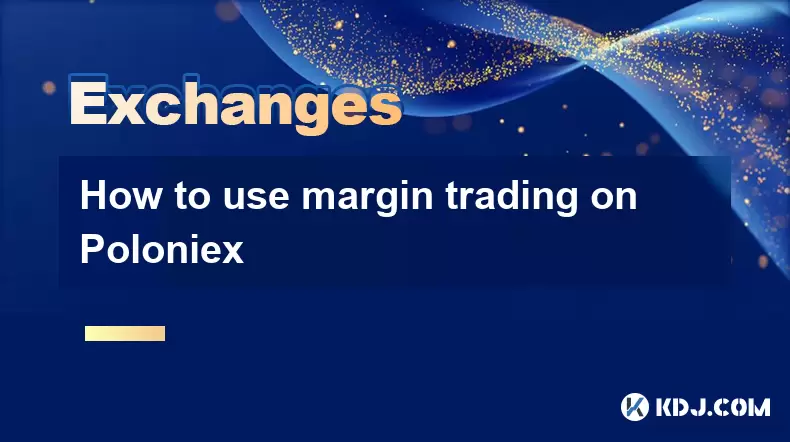
How to use margin trading on Poloniex
Aug 08,2025 at 09:50am
Understanding Margin Trading on Poloniex
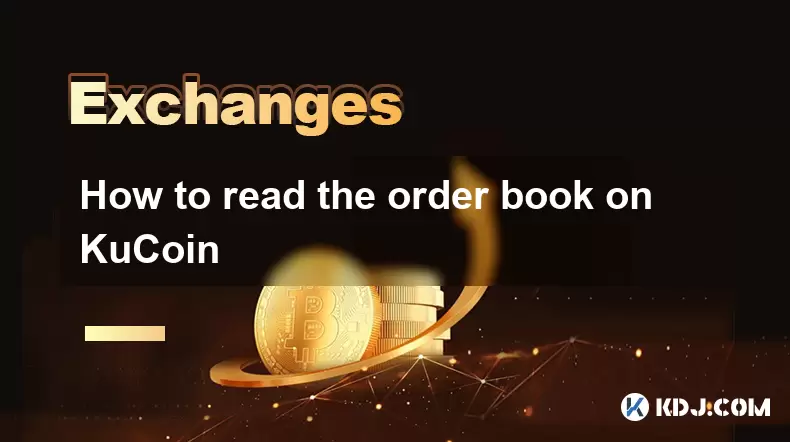
How to read the order book on KuCoin
Aug 10,2025 at 03:21pm
Understanding the Order Book Interface on KuCoinWhen accessing the order book on KuCoin, users are presented with a real-time display of buy and sell ...
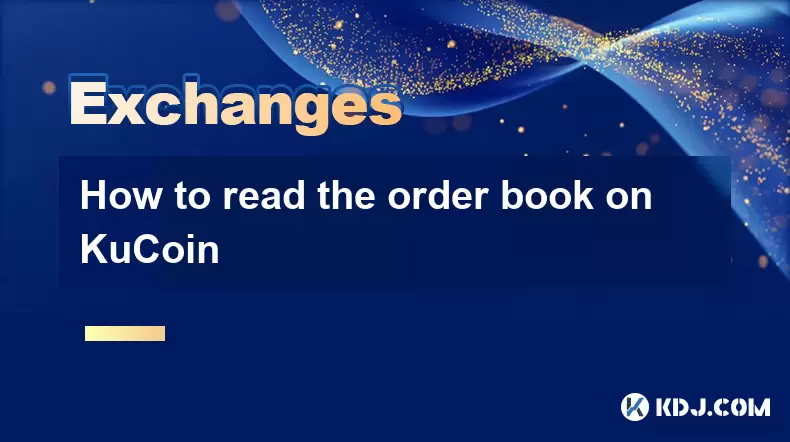
How to read the order book on KuCoin
Aug 12,2025 at 02:28am
Understanding the Basics of Staking in CryptocurrencyStaking is a fundamental concept in the world of blockchain and cryptocurrencies, particularly wi...
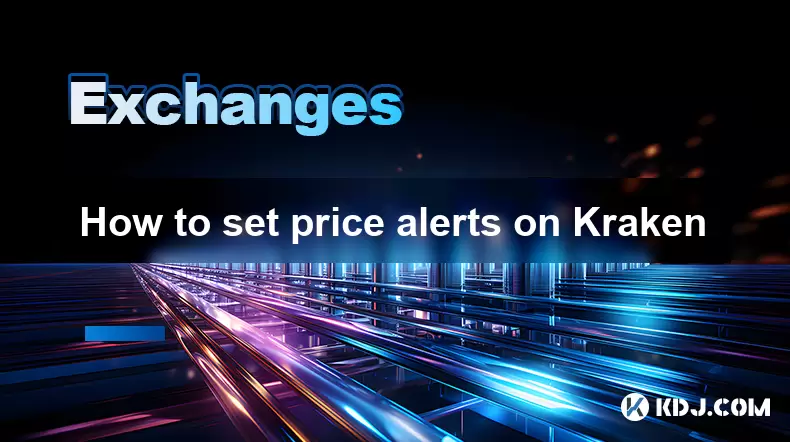
How to set price alerts on Kraken
Aug 11,2025 at 08:49pm
Understanding Price Alerts on KrakenPrice alerts on Kraken are tools that allow traders to monitor specific cryptocurrency pairs for price movements. ...
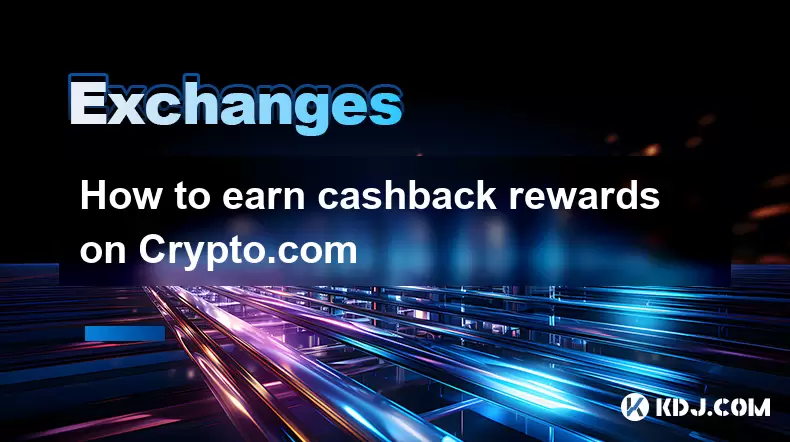
How to earn cashback rewards on Crypto.com
Aug 12,2025 at 02:08am
Understanding Cashback Rewards on Crypto.comCashback rewards on Crypto.com are a feature designed to incentivize users to spend using their Crypto.com...
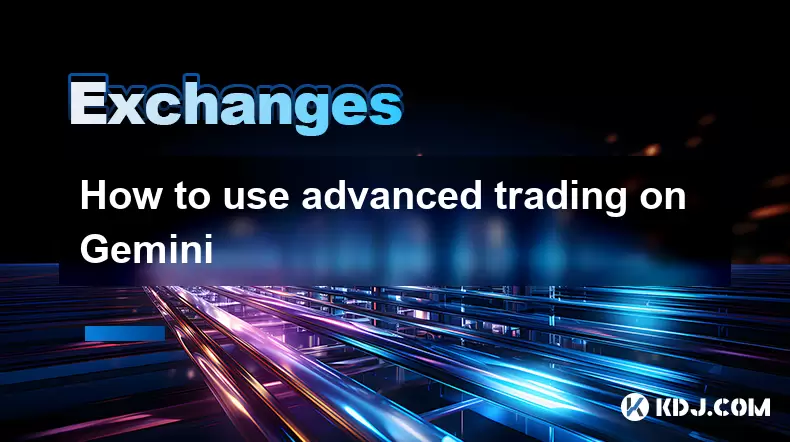
How to use advanced trading on Gemini
Aug 08,2025 at 04:07am
Understanding Advanced Trading on GeminiAdvanced trading on Gemini refers to a suite of tools and order types designed for experienced traders who wan...

How to use margin trading on Poloniex
Aug 08,2025 at 09:50am
Understanding Margin Trading on Poloniex

How to read the order book on KuCoin
Aug 10,2025 at 03:21pm
Understanding the Order Book Interface on KuCoinWhen accessing the order book on KuCoin, users are presented with a real-time display of buy and sell ...

How to read the order book on KuCoin
Aug 12,2025 at 02:28am
Understanding the Basics of Staking in CryptocurrencyStaking is a fundamental concept in the world of blockchain and cryptocurrencies, particularly wi...

How to set price alerts on Kraken
Aug 11,2025 at 08:49pm
Understanding Price Alerts on KrakenPrice alerts on Kraken are tools that allow traders to monitor specific cryptocurrency pairs for price movements. ...

How to earn cashback rewards on Crypto.com
Aug 12,2025 at 02:08am
Understanding Cashback Rewards on Crypto.comCashback rewards on Crypto.com are a feature designed to incentivize users to spend using their Crypto.com...

How to use advanced trading on Gemini
Aug 08,2025 at 04:07am
Understanding Advanced Trading on GeminiAdvanced trading on Gemini refers to a suite of tools and order types designed for experienced traders who wan...
See all articles

























































































